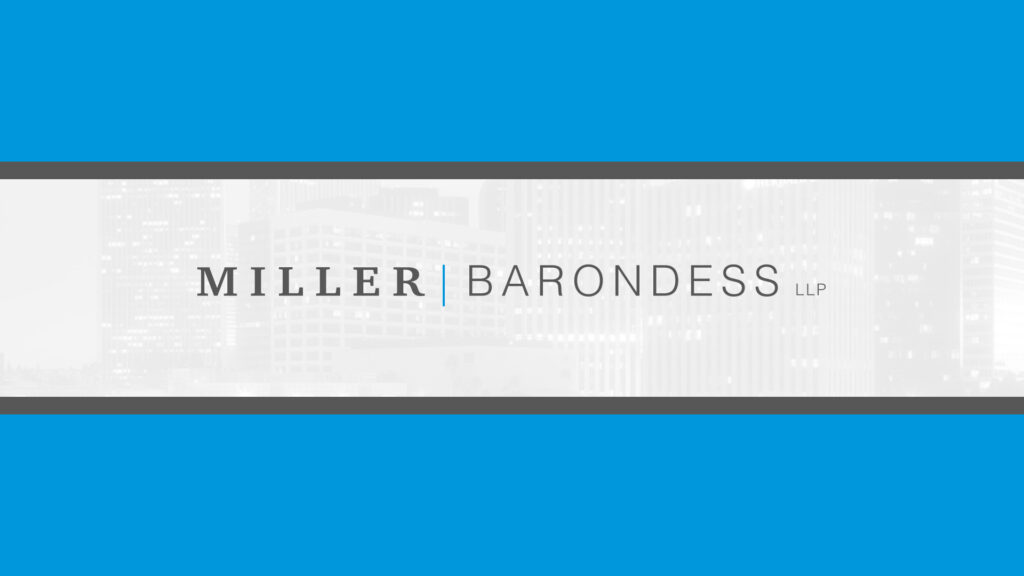Perception vs. Reality in Navigating Challenges and Opportunities in the Los Angeles County Office Market
Michael Arnold, Executive Vice President and Founder of the Tenant Consulting Group at NAI Capital Commercial, Provides In-Depth Analysis and Insight on ‘flight to quality.’

April 2024 | J.C. Casillas, Managing Director, Research and Public Relations at NAI Capital Commercial
As we explore the current state of the Los Angeles County office market, it becomes apparent that we’re navigating a landscape marked by a balancing act of challenges and opportunities. Despite the continuous rise in vacant space and the fading sound of construction projects, the specter of weak demand casts a shadow over the office market’s gradual path to recovery.
Landlords are proceeding cautiously, hesitating to adjust asking rents in response to elevated vacancy rates. As of the first quarter of this year, completed office construction projects since the pandemic have contributed to the inventory, yet a significant portion remains unoccupied, standing at a concerning 31.3%. Compounding this challenge is the substantial influx of sublease office space, further complicating market dynamics.
The office market in LA County, like many others, grapples with the evolving landscape of remote work and shifting space utilization strategies. This quarter’s increase in vacancy rates has pushed the overall vacancy rate up by 150 bps compared to the previous year, now at 16.8%. Since the onset of the pandemic in 2020, we’ve witnessed a steady surge in vacant space, with this quarter reaching a record high, nearly 66.3 million square feet. Notably, this vacancy trend has persisted quarter after quarter since 2020, surpassing even the peaks observed during the Great Recession.
Substantial vacancies in sublease spaces have compounded the challenges, experiencing a marked 10.7% increase from 2023, now totaling a staggering 7.1 million square feet—an echo of the Dot-Com Bust era. Despite this surge in sublease space, the average asking rent has remained stubbornly elevated, holding firm at $3.46/SF on a full-service gross basis, unchanged from the previous year. However, the lower leasing volume witnessed this quarter, down 22.4% compared to the end of last year, has exerted some pressure on landlord concessions, such as offering free rent depending on tenant credit and lease term commitment.
Looking ahead, market participants must remain vigilant and adaptive in the face of these challenges. The abundance of office space presents both landlords and tenants with a distinctive array of opportunities and challenges. Tenants wield negotiation leverage, while landlords strive to maintain property values amidst a shifting landscape. As we approach the busier spring and summer seasons, the dynamics of the office market will continue to evolve, driven by emerging trends in remote work, space utilization strategies, and employment patterns.
To shed light on these current trends, I had the opportunity to interview Michael Arnold, Executive Vice President, and Founder of our Tenant Consulting Group at NAI Capital Commercial, to gather his valuable insights and advice for tenants navigating the present market landscape.
In our question & answer session, which tenants as well as market watchers will find insightful and useful for his analysis, Michael elaborates on what ‘flight to quality’ trends mean in today’s office market.
How are tenants responding to current vacancy rates in the office market compared to previous downturns like the Great Recession and the Dot-Com Bust?
There’s a fascinating dynamic at play. Many tenants perceive the office market as soft and heavily in favor of tenants. However, in specific markets like Century City, The Beverly Hills Triangle, and West Hollywood, rental rates have not only remained steady but have even increased in certain buildings! Simply put there’s a flight to quality and amenities, with tenants gravitating towards well-maintained buildings offering desirable features. Additionally, the way companies utilize office space has evolved, particularly in response to the changes brought about by the COVID-19 pandemic.
How have leasing incentives or concessions from landlords evolved in response to the current market conditions?
I have seen certain landlords being ultra-aggressive, i.e., over a 12-year lease, they provide beneficial occupancy on 2 floors for 1 year and 1 floor for another year while waiving parking costs for 3 years upfront. Furthermore, landlords are willing to provide convertible tenant improvements dollars, i.e., the tenant receives $35/SF, and the landlord allows them to convert a portion or all of their allowance to ‘soft costs,’ which include but are not limited to free rent, tenant improvements, audiovisual, cabling, wiring, and furniture expenses. This way, it reduces the tenant’s net effective cost and potentially allows the tenant to save on some of their upfront out-of-pocket capital costs as well.
What amenities or features are currently in high demand among tenants in the office market?
Tenants are seeking out a variety of amenities to enhance their workplace experience. These include on-site restaurants, high-end gyms equipped with private trainers such as an Equinox unit within a building. Additionally, there’s a growing interest in amenities that streamline daily routines, like parking management technologies that allow tenants to use the building app to notify parking attendants to bring their car to the main entrance, thus saving time and increasing efficiency. Recreational activities such as golf simulators are also increasingly sought after.
Considering the current state of the office market, what strategies or approaches do you recommend for tenants seeking new office space or renegotiating leases?
Given the current state of the office market, it’s imperative to engage a broker who exclusively represents tenants. Remember the saying: ‘If you have multiple people working for you, you have no one working for you!’ Ensure you find a consultant who isn’t just transactional but also offers advisory and consultative services, understanding both market conditions and your business needs. This allows them to make recommendations based on best practices and the latest workplace strategies, ultimately leading to reductions in real estate expenses for companies and firms.
For those confident in their long-term performance, now is an excellent time to explore lease restructuring, as concessions are currently at an all-time high. I typically advise clients to negotiate lease terms that include termination rights, expansion and contraction options, and audit provisions concerning operating expenses, among others.
What trends are emerging in asking rental rates for office space, and do you anticipate any changes in the near future?
The concept of a ‘flight to quality’ is prominent, yet landlords are also engaging in a ‘face rate’ strategy with their lenders while simultaneously offering attractive concession packages. B and C class buildings are likely to face continued challenges over the next 18-24 months, especially for tenants seeking ‘economic alternatives,’ particularly smaller companies that are typically more mindful of real estate expenditures. However, it’s important to note that not all companies are neglecting cost-consciousness. Regarding rental rate trends, companies prioritizing cost-consciousness navigate by investing in spaces that offer enhanced amenities and benefits for employees. This includes access to better dining options, provisions for lunch, proximity to efficient transportation, and the creation of collaborative work environments resembling ‘neighborhoods’ or ‘living rooms.’ These investments not only provide a sense of pride and comfort for employees but also contribute to a more inviting and productive workspace.


































































